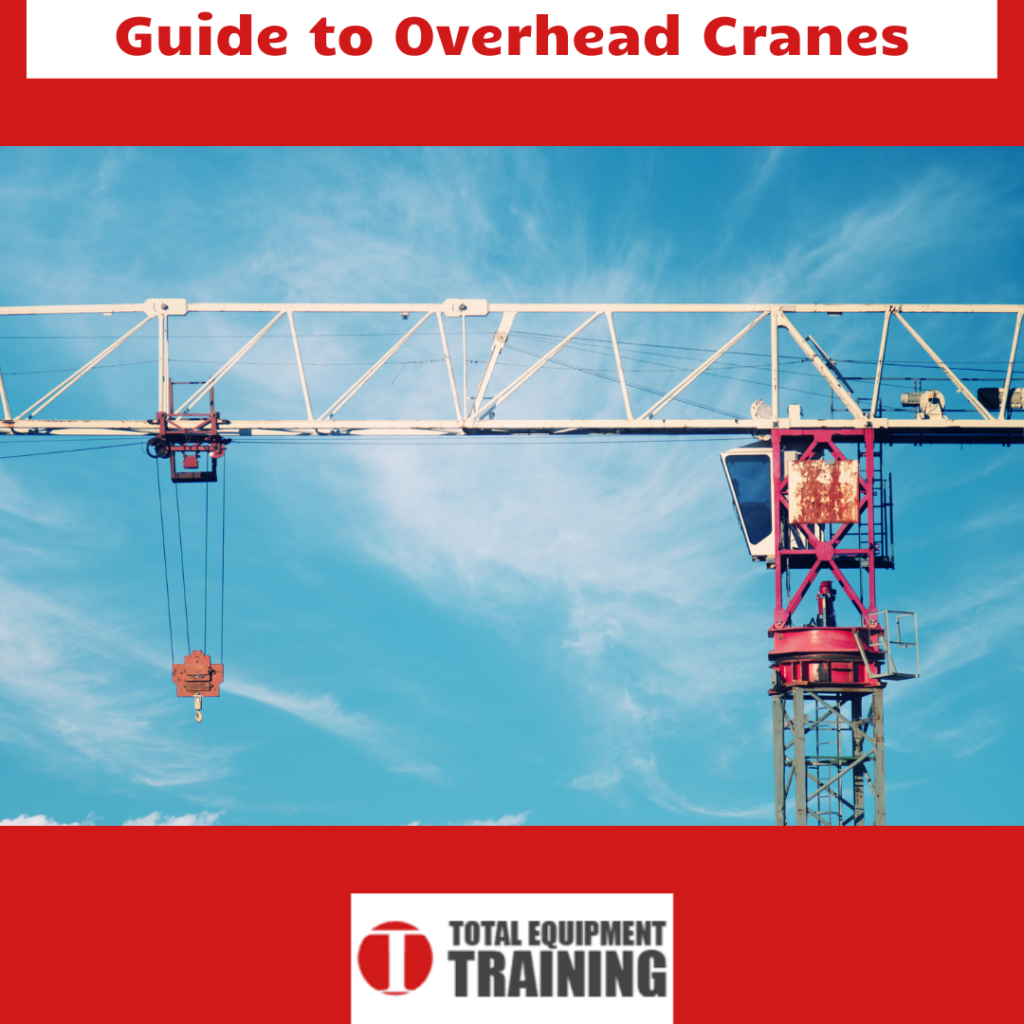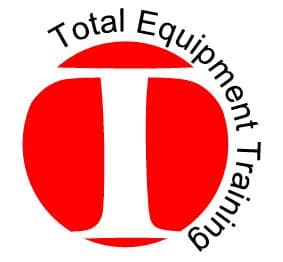
Lifting heavy loads is a daily necessity of the heavy and construction industry. As such, several implements have been developed and utilized to make this not only possible, but efficient and safe as well. Among the most widely applied utilities in this category is the crane. Mobile cranes are wheeled or tracked powerhouses that lift and move materials and construction components around the site as necessary.
Their counterpart, overhead cranes, although having low or limited mobility, compensate for this with even higher load moving capacities and consistency of use. Let us take a deeper dive into overhead cranes, and their use in the work site.
Types of Overhead Cranes
Overhead cranes come in different forms and sizes, specialized according to the area and nature of their expected use. They include:
1. Gantry Cranes
These are cranes built on a gantry. A gantry is a movable framework that supports large equipment, in this case, the crane itself. Some of the most powerful cranes are gantry cranes, like those used in shipping and container yards, some even moving the ships themselves. Other areas of use include rail/train yards, concrete slab fabrication sites, and vehicle assembly lines.
2. Jib Cranes
Jib cranes have an inverted ‘L’ shape with their own grounded support. The arm extending from the main support can be rotated up to 360°, depending on their position within a building and proximity to walls. Although stationary, they are cost-effective and easily supplement load movement over short distances. They come equipped with an electric chain hoist that can be operated manually or electrically.
3. Bridge Cranes
They are built inside buildings and are comprised of two parallel runways connected by a (single or double) travelling bridge girder, using the building itself as its support. The bridge travels along runways on opposite ends. The hoist mechanism is attached to the bridge itself and can be moved along its entire length. They are best used in automotive factories, paper mills, and any other indoor facility that requires load movement within the building.
4. Workstation Cranes
Workstation cranes are similar to bridge cranes, except that they use their own floor-mounted support structures instead of the building, allowing them to be set up in necessary locations. They are used where the building is not strong enough to support the crane setup, or where it is unnecessary to have a crane spanning the width of the building, such as in garages and fabricators.
5. Monorail Cranes
These are crane systems that have their hoists set up on an overhead track, giving flexibility to load movement (even around curves) throughout the building. They are applied in any factory set up that has a dynamic structure, or in buildings housing different production lines at different times.
Overhead Crane Operator Job Description
Qualified overhead crane operators will be capable of and expected to:
- Safely set up and operate overhead cranes
- Observe and uphold safety rules and regulations as set by OSHA (Operational Safety and Health Administration) for safe crane operation
- Move loads to appropriate areas
- Work with and communicate with supervisors, safety personnel (such as signal persons), and other site staff to ensure smooth operations
- Carry out crane inspections and manage maintenance of the crane
It is important to note that OSHA requires that crane operators be competent, and demonstrate sufficient knowledge and skill through written and practical tests. Read on to see how Total Equipment Training can do this for you and your team.
Overhead Crane Operator Salaries
On average, overhead crane operators stand to earn an annual average range of $33,730 to $34,797. This is affected by the state they work in, the experience held, and the training or certifications held by the operator.
Overhead Crane Operator Training
Total Equipment Training is a nationally recognized, OSHA-compliant safety, training and inspection organization equipped with experienced and skilled staff. By employing a tailored, qualitative approach to improving skills across all levels of the heavy and construction industries, you can rest assured that you and/or your team will attain the best industry standards for overhead crane operation. Reach out to the TET team today to enroll in their overhead crane operator training program and realize a safer, more efficient workplace.

